Frontiers Publishing Partnerships Changes in Soil Phosphorus Pools in Long-Term Wheat-Based Rotations in Saskatchewan, Canada With and Without Phosphorus Fertilization
Por um escritor misterioso
Descrição
Phosphorus (P) is an essential nutrient for all organisms, and many crops require P fertilization for optimum yield. However, there are concerns about the P in agriculture, including the sustainability of phosphate sources for fertilizers and water quality problems from P loss in runoff from agricultural lands. Most crops do not use all of the P added each year as fertilizer, leaving residual soil P that could potentially be used by subsequent crops, minimizing the need for additional fertilization. However, more information is needed to understand soil residual P pools, and their availability to crops. In Swift Current, SK, Canada, a long-term study was initiated in 1967, with four wheat-based rotations [including continuous wheat (CW), fallow-wheat-wheat (FWW), fallow-wheat (FW) and lentil-wheat (WL), with P fertilization and with or without nitrogen (N) fertilization. In 1995, P fertilization ceased on subplots in the CW and FWW rotations, and in 2008 for the FW and WL rotations. This study examined changes in soil P pools (total P, organic P, and Olsen P) from 1995-2015 for CW and FWW rotations and from 2008-2016 for FW and WL rotations, plus crop yield and grain and straw N and P concentrations. Long-term P addition increased concentrations of soil total and Olsen P in FWW, CW and FW rotation, particularly in plots without N fertilization. However, calculated P depletions based on fertilizer addition and crop P removal were negative only for plots without N fertilization. Cessation of P fertilization reduced concentrations of soil total and Olsen P, especially in plots with N fertilization. Annual yields were affected more by N fertilization and precipitation than P fertilization. Grain and straw P concentrations were not significantly reduced with short-term P cessation in FW and WL rotation, but were reduced with longer-term P fertilizer cessation in FWW and CW rotations.

Changes in Canada's Phosphorus Cycle 1961–2018: Surpluses and Deficits - Wang - 2022 - Global Biogeochemical Cycles - Wiley Online Library

Investigation of Soil Legacy Phosphorus Transformation in Long-Term Agricultural Fields Using Sequential Fractionation, P K-edge XANES and Solution P NMR Spectroscopy
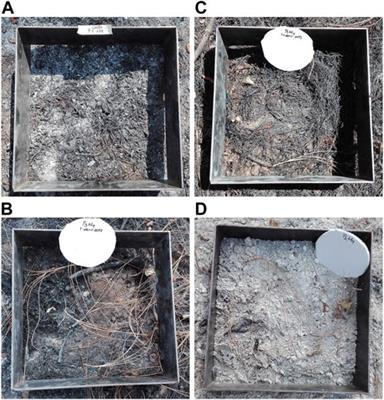
Spanish Journal of Soil Science
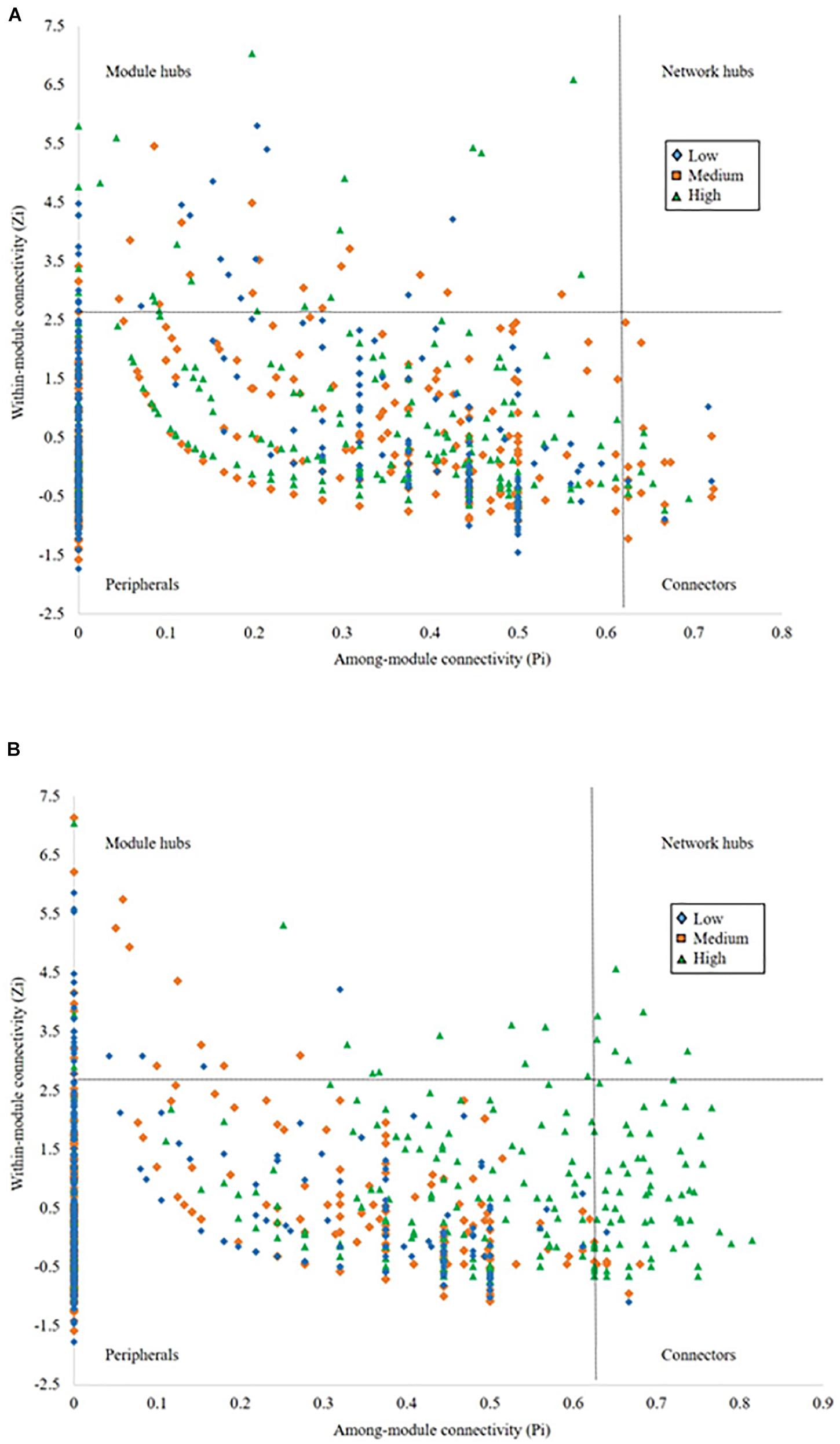
Frontiers Pulse Frequency in Crop Rotations Alters Soil Microbial Community Networks and the Relative Abundance of Fungal Plant Pathogens

PDF) Changes in Soil Phosphorus Pools in Long-Term Wheat-Based Rotations in Saskatchewan, Canada With and Without Phosphorus Fertilization
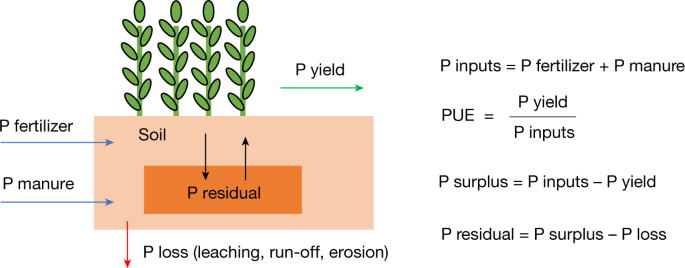
Global trends of cropland phosphorus use and sustainability challenges
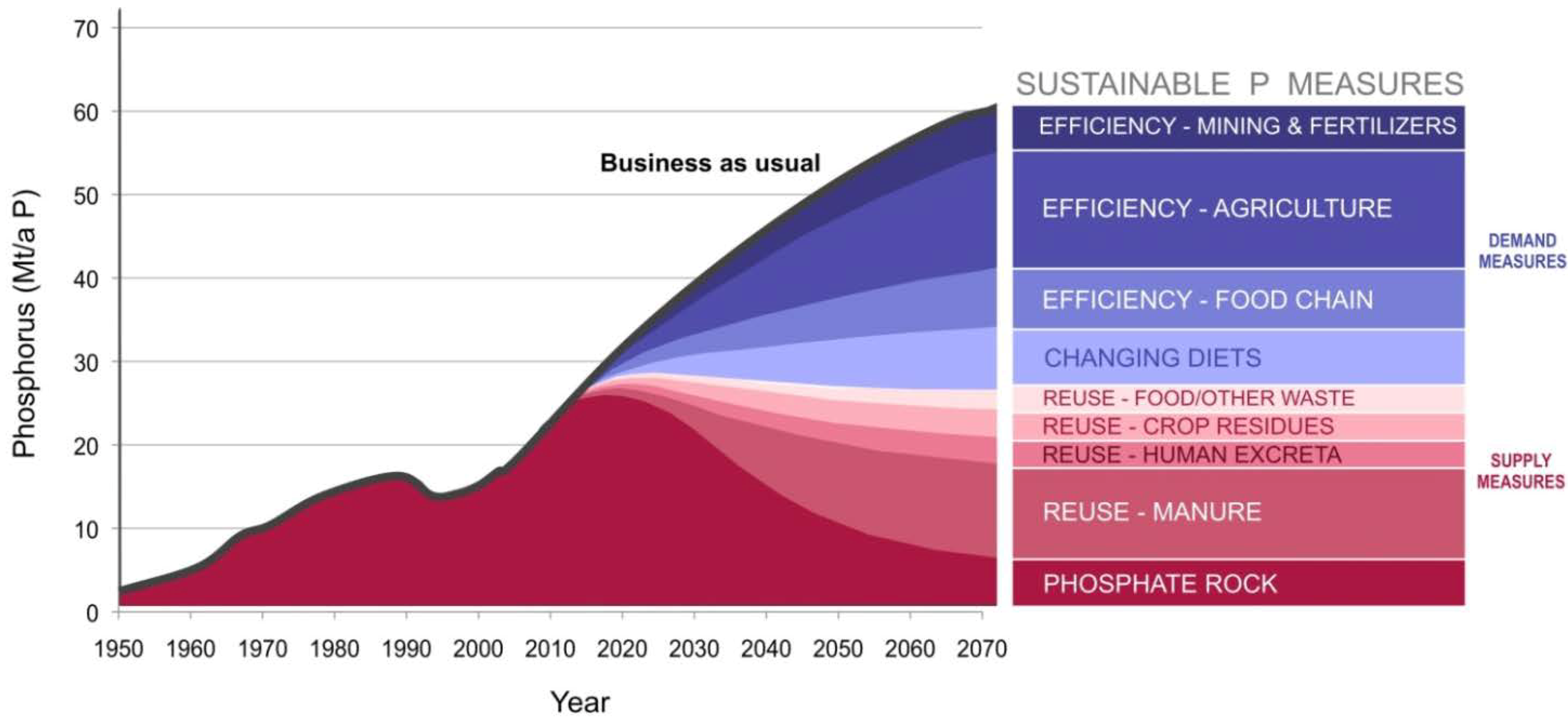
Agronomy, Free Full-Text

PDF) Phosphorus biogeochemistry differs in rhizosphere compared to bulk soils in long-term wheat fertilization trials in Saskatchewan, Canada
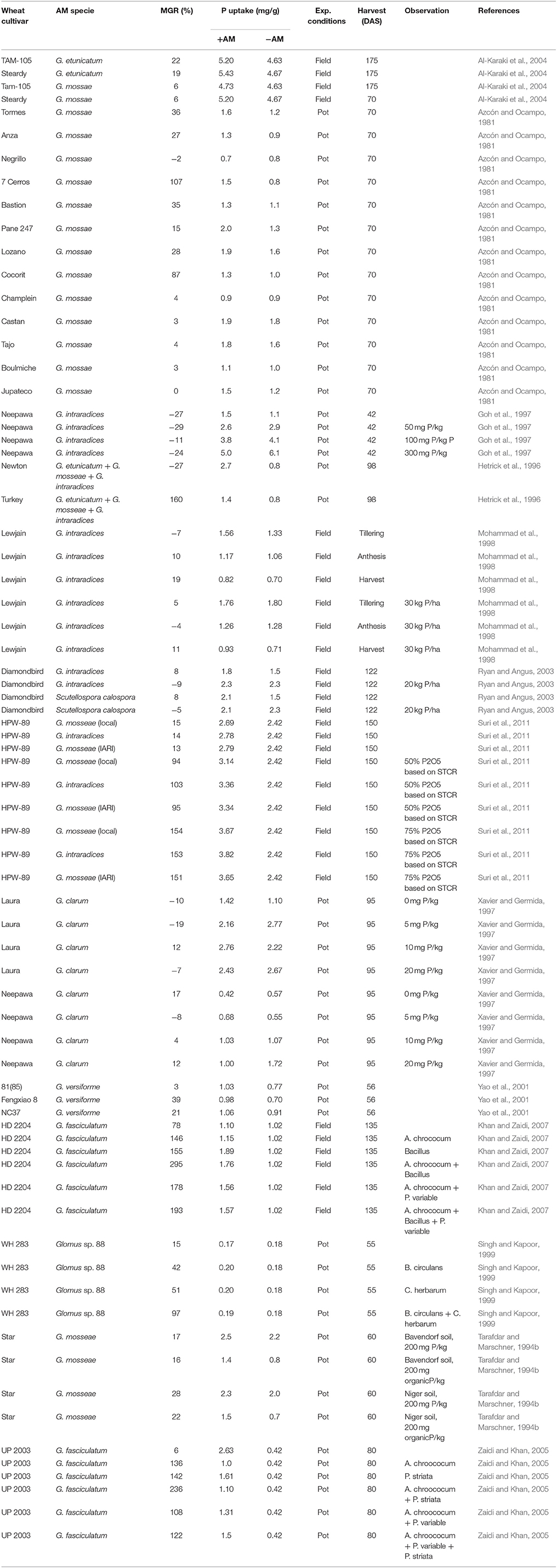
Frontiers Phosphorus Acquisition Efficiency Related to Root Traits: Is Mycorrhizal Symbiosis a Key Factor to Wheat and Barley Cropping?

Changes in Soil Phosphorus Pools in Long-Term Wheat-Based Rotations in Saskatchewan, Canada With and Without Phosphorus Fertilization
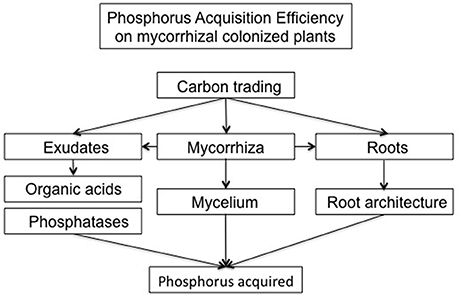
Frontiers Phosphorus Acquisition Efficiency Related to Root Traits: Is Mycorrhizal Symbiosis a Key Factor to Wheat and Barley Cropping?

Global Change Biology, Environmental Change Journal
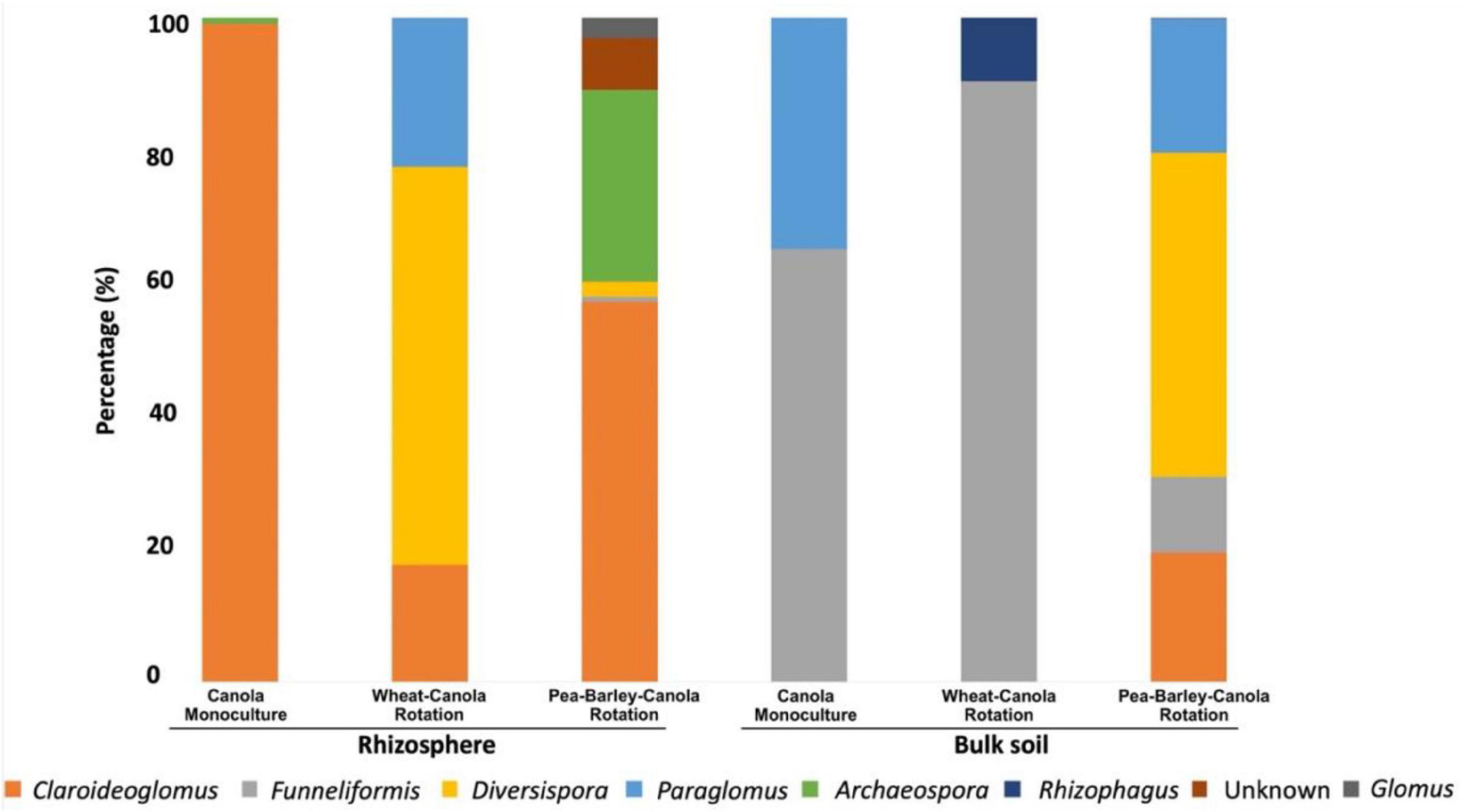
Frontiers Long-Term Persistence of Arbuscular Mycorrhizal Fungi in the Rhizosphere and Bulk Soils of Non-host Brassica napus and Their Networks of Co-occurring Microbes
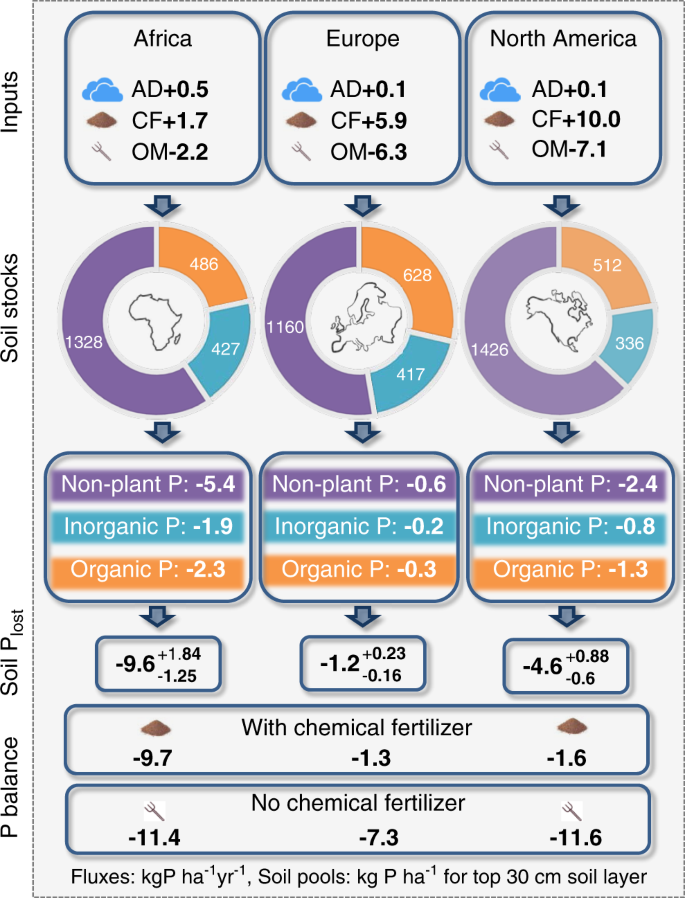
Global phosphorus shortage will be aggravated by soil erosion

Phosphorus fertility studies reveal best placement - Grainews
de
por adulto (o preço varia de acordo com o tamanho do grupo)







